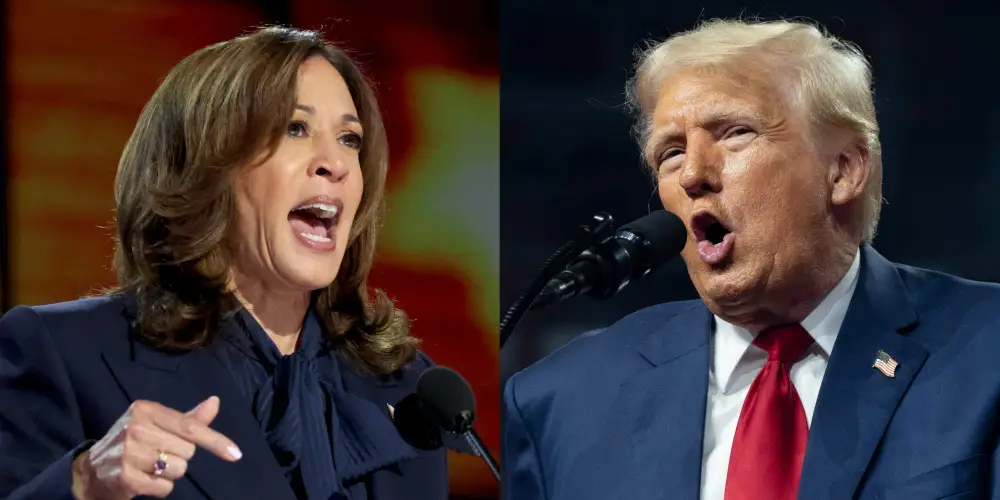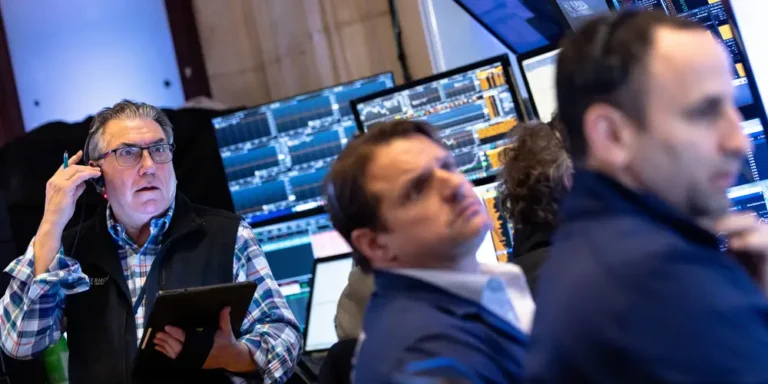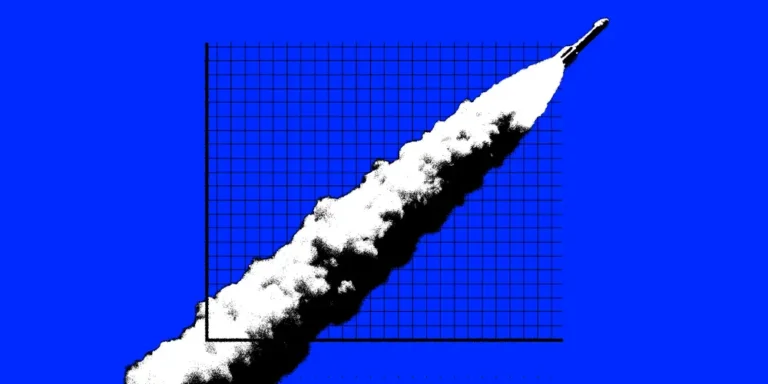A contested election that leads to weeks of uncertainty is a risk being overlooked by markets

Investors are dismissing the risk of a disputed US election, BlackRock Investment Institute head Jean Boivin told Bloomberg TV on Thursday.
“For us, the main thing to watch is really more the contested election scenario that could be weeks of very disrupting legal battles,” he said.
Boivin added: “I don’t think that’s in the price and that’s where if you want to prepare for some scenario where you need to react, I think that’s one of those scenarios that could be bad for markets.”
The possibility is not far-fetched, with Donald Trump and Kamala Harris locked in a razor-close contest. Recent battleground state polling shows a race too close to call with the election less than two weeks away.
Overall, he considers it a “fool’s errand” to try and trade on what happens come November.
However, that hasn’t stopped investors from trying: recent weeks have seen the so-called “Trump trade” rise on the prospect that the Republican candidate will win, as suggested by betting markets.
Other market strategists have echoed in recent weeks Boivin’s concern over what an election dispute would mean for markets.
According to Morgan Stanley, delayed results have historically triggered short-term volatility. The CBOE Volatility Index — also known as the stock market’s fear gauge — spiked 40% during the 2020 election. The measure only eased when a winner was officially declared days later.
In another example, Stifel’s chief Washington policy strategist Brian Gardner noted that the equity market sold off during the 2000 election dispute between George W. Bush and Al Gore. The S&P 500 fell approximately 5% between Election Day and December 13th, when the Supreme Court ended the legal challenges.
However, Gardner points out that macroeconomic backdrops might play a hidden role in these scenarios. In 2000, stocks were steering through the dot-com bubble’s rupture. Meanwhile, stocks rose during Trump’s election dispute in 2020, likely due to signs that the COVID-19 pandemic was ending.
“The main takeaway for investors is that the dominant economic and market conditions at the time drove the financial markets rather than political events,” he wrote on Tuesday.
As of now, current macroeconomic strength has shifted outlooks on the Federal Reserve’s rate-cutting path, leading the bond market through a steep sell-off.






